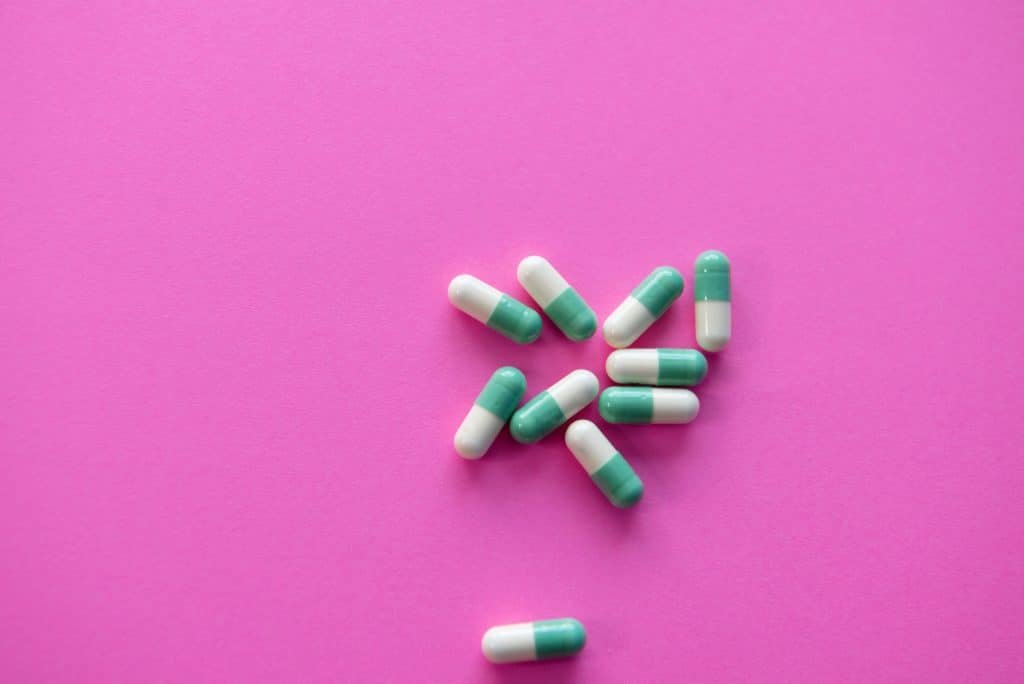When a 14-year-old girl took 14 Benadryl pills in the middle of the night, her older sister sought assistance from their grandmother in order to avoid getting in trouble with their parents.
“It was terrifying. She had broken sentences and hallucinations. According to Cook Children’s Health Care System, where the teen was treated in 2020, the girl’s resting heart rate was 199. At the time, two other teenagers were being treated at Cook Children’s for Benadryl overdoses after watching online videos on the popular social media platform TikTok. Teens in Tarrant County are still being treated in hospitals after overdosing on Benadryl a year and a half later.
Two overdoses at Tarrant County high schools in late January raised concerns that the TikTok challenge was resurfacing. Five students at Haltom City’s Shannon High School overdosed on medication on Jan. 28, and two were hospitalized.
Four students from Fort Worth’s Polytechnic High School were hospitalized the day before for similar overdose symptoms after ingesting the medication. Both school districts have declined to comment on the medication or the circumstances surrounding the overdoses.
So what is Benadryl Challenge?
Benadryl, also known as diphenhydramine, is a popular over-the-counter allergy medication. It is used to treat symptoms such as rash, itching, watery eyes, cough, runny nose, and sneezing. The Benadryl challenge, which first appeared on TikTok in 2020, encourages teens to overdose on the sedative. “Each of these patients stated that they got the idea from TikTok videos claiming users could get high and hallucinate if they took a dozen or more of the allergy pills,” Cook Children’s said in 2020. The Benadryl challenge isn’t the only dangerous trend on the social media platform, which is known for memes, dance challenges, beauty tutorials, and cooking videos.
The 28% of TikTok users under the age of 18 may have been exposed to recent trends such as “sleepy chicken,” in which users cook chicken in cough syrup, or the “blackout challenge,” in which users hold their breath until they pass out.
“These challenges are nothing new,” said Lizbeth Petty, the North Texas Poison Center’s public health education manager. “You’ll see them today, and you’ll see them tomorrow. They’re not going away, and they have your attention.”
Why does this challenge keep coming up?
According to Petty, children are especially vulnerable to online challenges like this one. “Their brain is still developing, and a large part of their brain that helps them think and make logical or non-impulsive decisions is not fully developed,” she explained. “That is why younger kids and teens are more likely to take riskier decisions because their brain is still going through development. That could be one of the reasons they are more involved in these challenges because they do not weigh the benefits versus the risk.” Peer pressure is another factor.
According to Petty, parents should acknowledge its existence and reassure their children that they are not alone. “One perspective that younger kids have is that it’s not harmful because it’s over-the-counter, because it didn’t come from my doctor,” Petty said. “However, some over-the-counter medications can be even more dangerous than prescribed medications.”
Parents should teach their children that medications, whether over-the-counter or prescribed, can be just as dangerous. Petty suggests informing them that medications are considered drugs because they alter the way your body functions.
What are the potential health risks?
Benadryl is manufactured by Johnson & Johnson. “This online ‘challenge’ is extremely concerning, dangerous, and should be stopped immediately,” the company said in a statement to the Star-Telegram. The Food and Drug Administration issued a warning about serious health issues associated with high doses of Benadryl in September 2020. According to the FDA, taking too much can result in heart problems, seizures, coma, or death.
Early symptoms include hallucinations, blurred vision, excessive drowsiness, loss of balance, and chest pain, according to Petty. In some cases, the heart rate returns to normal without any long-term consequences. Others may be killed by the trend. Chloe Marie Phillips, a 15-year-old girl from Oklahoma, died after taking part in the challenge in the summer of 2020.

